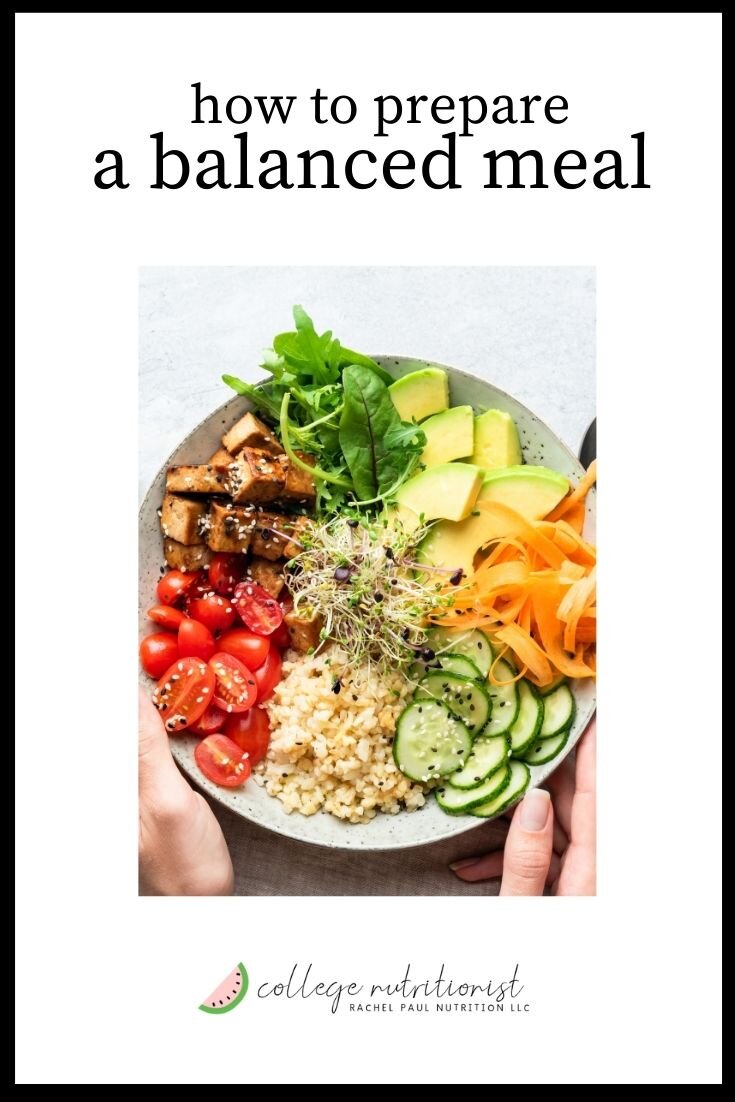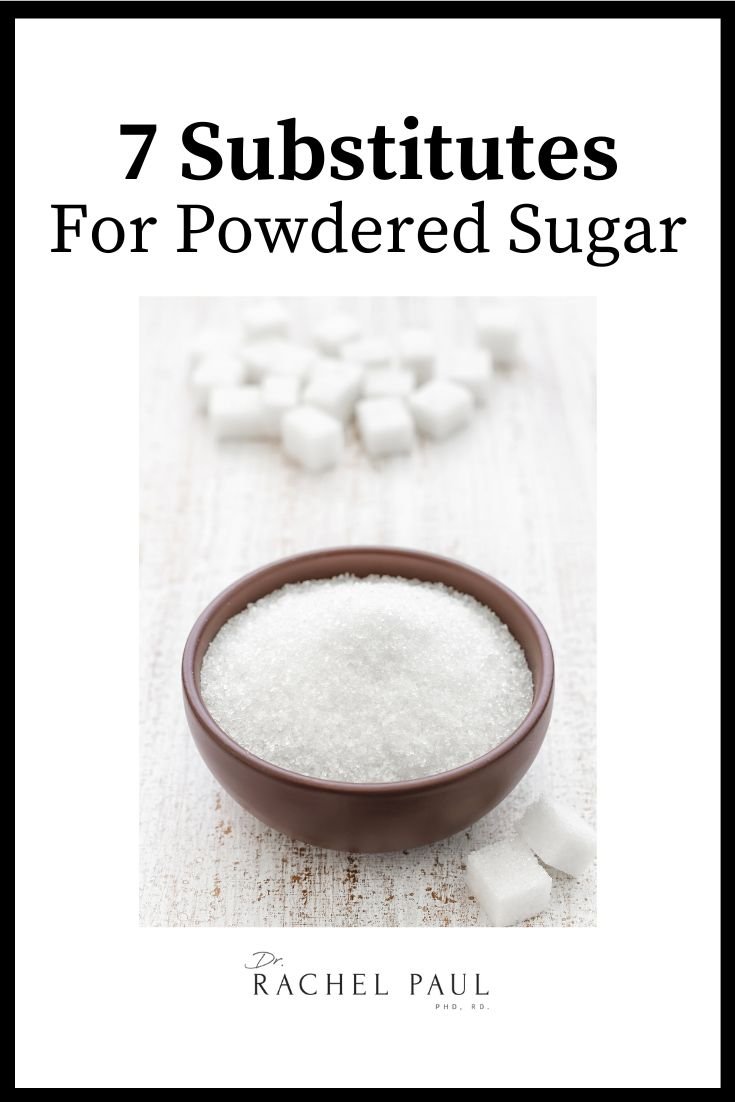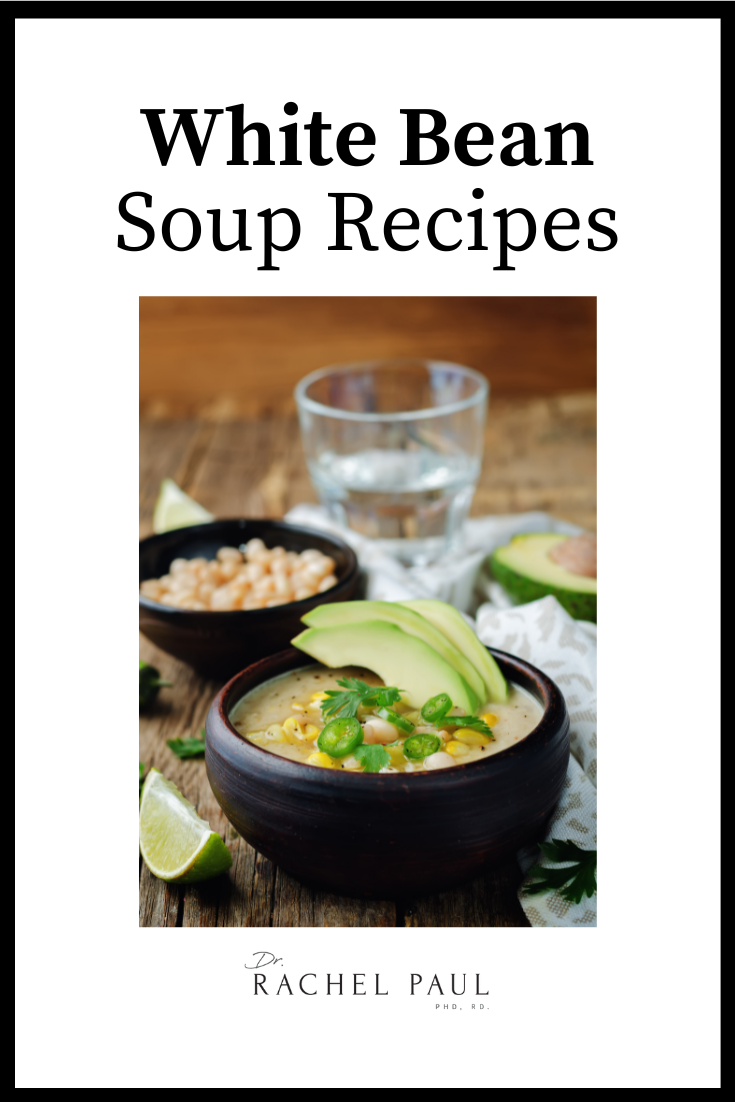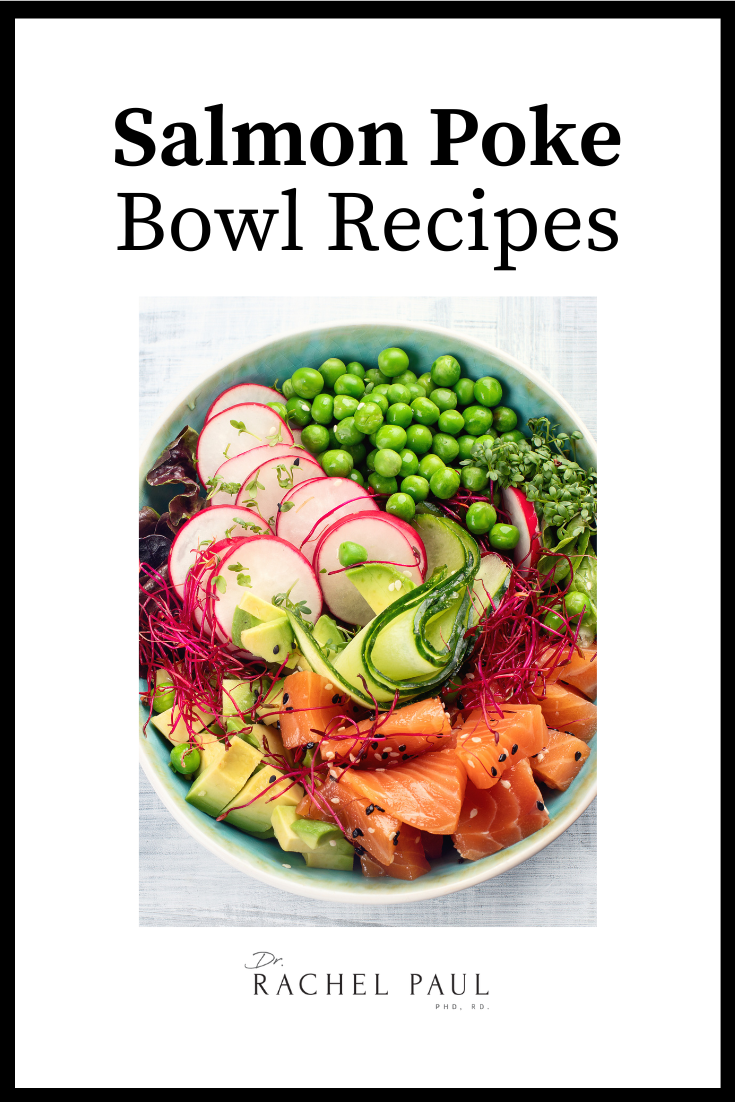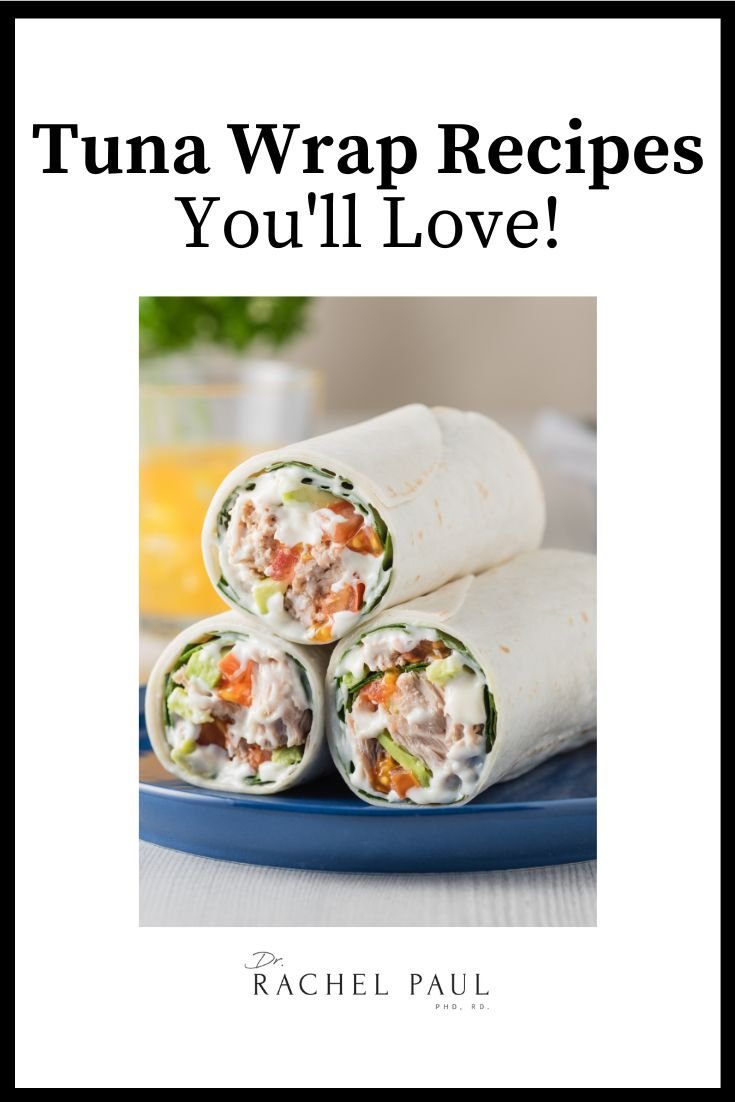One of the best ways to look at the food we prepare for ourselves (or buy) is to ensure that the meal is balanced. To eat a healthy diet, rather than getting hung up on too many small details, looking to make balanced meals can help simplify the process. It allows you to focus on getting the right nutrients in to feel full and nourished for your daily activities, whatever the day might throw at you!
Providing your body with everything it needs is essential to succeed in life. It can help prevent disease, infection, fatigue and low performance. Building a balanced diet will help you feel strong and healthy throughout your life. It’s not just about weight loss and diets. The Department of Health and Human Services has recommendations on the number of calories men and women need to eat at various life stages. You can see more here (page 153-154).
But remember all calories are not created equal. This takes us back to making sure each meal contains the right balance of carbohydrates, fats, protein, and fiber.
How To Prepare A Balanced Meal
Adding Fiber-Rich Vegetables
You may think of “being regular” as the main reason to make sure you eat enough fiber. But did you know that it can also help protect against bowel disorders and heart disease? Foods that are high in fiber also usually contain antioxidants and phytochemicals that can protect your body. It can also help with weight control and the management of diabetes and other diseases.
So how to create healthy meals with fiber included? You want to include soluble and insoluble fiber. The first can be found in oats, legumes (peas, beans, lentils), vegetables (broccoli, Brussels sprouts, carrots, sweet potatoes) and fruits (apples, pears, citrus, stone fruit and berries). Insoluble is in fruits, vegetables, wholegrain cereals and pasta, brown rice and corn (including cornmeal and polenta).
Choosing Lean Protein
Our bodies need a certain amount of fat to function properly. But we often add this to our food and it’s contained in other ingredients. What we don’t want is too much fat from the wrong sources. That’s why it’s important to build a diet including lean protein options.
Adding Good Carbs
Not all carbs are created equal. Some, like carrots, pumpkin and sweet potatoes are loaded with other essential nutrients and vitamins. They’ll fill you up and give you additional things that you need to feel energized, build healthy skin and complete digestive functions properly. Others, like pasta, bread and white rice, although filling us up don’t contain as many other good things. You can definitely eat them on occasion, but where possible you want to choose other carbohydrates. Pick anything that has a brighter color as this is a great signifier of the presence of additional goodness. Alternatively switch to the whole grain version, like brown rice or bread.
Being Generous with Herbs and Spices
I know that herbs and spices aren’t one of the United States officially designated important food groups, but trust me you need to prioritise them. Making your food tasty and satisfying can help you feel satisfied with less calories, rather than relying on bulk amounts of empty calories to leave you with that full feeling. You can use spice blends if you’re unsure where to start. They can be fresh or dried, depending on how easy it is for you to grow your own. I’ve dived into some of my favorites over here.
What Makes A Balanced Meal
Carbohydrates
Carbohydrates can get a bad rep, and while they’re not “essential” they are part of a balanced diet. The term referred to the sugars, starches and fibers that are present in fruits, grains, vegetables and milk products. They can be broken down into two groups: simple and complex. There are chemical structure differences, but the main thing you need to know is that simple ones are digested and absorbed quicker and easier than complex. This speed can lead to spikes in blood sugar levels. Simple carbs include fructose, lactose, sucrose as well as being found in candy, soda and syrup as these contain added sugar. Complex carbs are found in beans, peas, lentils, peanuts, potatoes, whole-grain cereals and breads.
The best sources of carbohydrates are:
Vegetables and tubers. Eat a variety every day, as much as possible.
-
Fruits. Not juice, but actual whole fruits like apples, bananas and strawberries.
-
Legumes. If you’re vegetarian, vegan or whole-food-plant-based, this is also where you’re likely to get your protein from. Think lentils, kidney beans, peas.
-
Nuts and seeds. Again, aim for a variety to get all the nutrients that each has.
-
Whole grains. This doesn’t mean white bread. Look for pure oats, quinoa and brown rice.
Fats
Although there have been trends towards “low-fat” diets in the past, medical advice suggests we do need fat in our daily diets. It contains essential fatty acids, called essential because we don’t make them ourselves. We need to get them from outside sources. Vitamins such as A, D and E need fats to be absorbed by the body, so even if you’re consuming them in plentiful quantities each day, your body may not be absorbing them.
There are three groups you need to have covered when adding the right fats to your diet: monounsaturated, omega-3 and omega-6 (the latter two are polyunsaturated fats). You can get monounsaturated fats from olive oil, peanut and canola oil as well as avocados and nuts. Omega-3s are found in fatty fish (salmon, mackerel, sardines) or flaxseeds, walnuts and canola oil. To get your omega-6 make sure you’re consuming safflower, soybean, walnut and corn oil.
Protein
Protein is an essential part of any diet as it is what we use to build our muscles and so much more. If you’re choosing to not eat meat, you can get your protein from soy, beans and legumes, eggs and dairy products. These also contain other macro-nutrients so make sure you’re not consuming too many carbohydrates in your daily diet, i.e. you probably don’t need too much rice if you’re making a chickpea curry.
Fiber
As mentioned above vegetables, fruit and whole-grains are where you’re going to get your fiber from. Eat as much of this as you can, you’re probably not getting enough at the moment. Adding some greens to your plate at each meal is a great way to start introducing more and more fiber into your diet.
